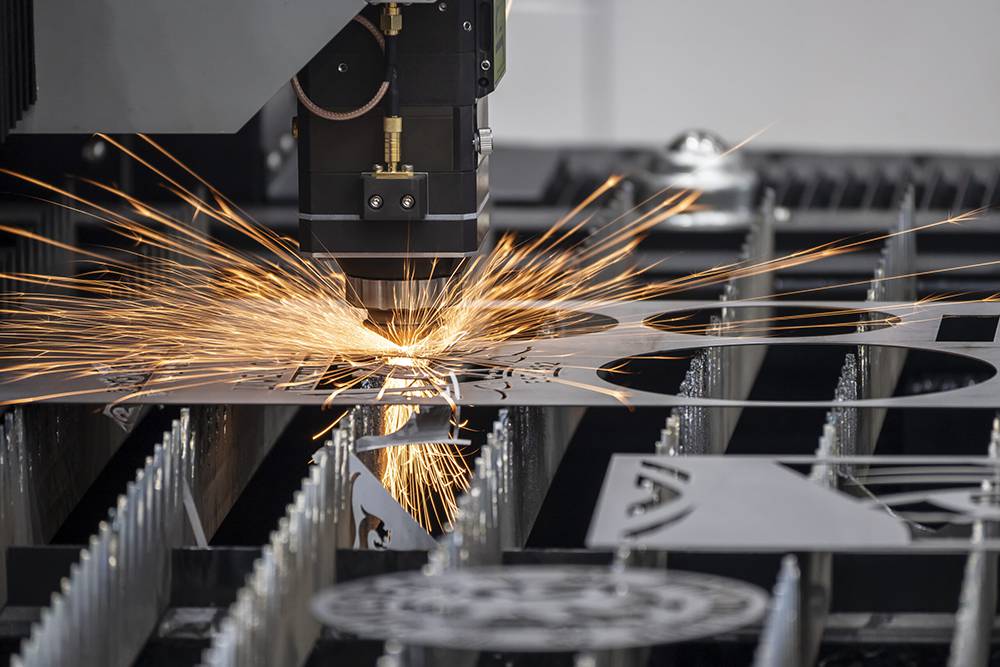In the world of medical device manufacturing, precision is paramount. As technology advances, the demand for intricate and precise metal components continues to rise. Here, we’ll explore the critical role of metal cutting for medical devices and its significance in the industry.

Understanding the Importance of Precision
The realm of medical devices often requires components with microscopic precision. From surgical instruments to implants, the accuracy of metal cutting can directly impact patient outcomes. This is why the choice of cutting methods matters.
Types of Metal Cutting Techniques
Cutting Methods
When it comes to metal cutting, several techniques hold prominence, such as laser cutting, waterjet cutting, and electric discharge machining (EDM). Each offers unique benefits tailored to specific applications.
Waterjet Cutting
This method uses high-pressure water mixed with abrasives to cut through metal. It’s known for cold cutting, eliminating the risk of heat-affected zones.
Laser Cutting and its Precision
Laser cutting is favored for its high accuracy and ability to cut complex geometries. Its particularly useful for thin or delicate materials, offering a fine balance between speed and precision.
Innovations in Metal Cutting
Innovation plays a critical role in metal cutting for medical devices. Modern techniques include the use of AI and machine learning to enhance accuracy and efficiency.
Factors to Consider in Choosing Cutting Methods
When selecting the appropriate cutting technique, factors such as material type, thickness, and tolerances are vital. Understanding these elements helps in making informed decisions.
Material Consideration
The choice of cutting method often depends on the material. For instance, harder materials might require EDM, while softer materials can benefit from waterjet cutting.
Ensuring Safety in Metal Cutting
Safety in metal cutting is crucial, especially when manufacturing precision components. Proper training and adherence to safety standards are non-negotiable.
Challenges and Solutions
Despite its importance, metal cutting faces challenges such as equipment wear and the need for continuous advancement in cutting technologies. Solutions include investment in research and development.
Technological Advancements
Technological advancements offer new possibilities. For example, robotic integration can enhance the precision of cutting processes.
The Future of Metal Cutting Technology
The future of metal cutting for medical devices lies in overcoming current limitations and pushing boundaries of precision and efficiency. New materials and methods continue to evolve.
Focus on Sustainability
There is also a growing focus on sustainability, with techniques such as recycling cutting residues and using environmentally friendly processes.
Conclusion
The significance of precision metal cutting in the medical device industry cannot be overstated. Understanding the nuances of cutting techniques and their applications is essential for developers and manufacturers.

FAQ Section
What is the best cutting method for stainless steel?
Laser cutting is often preferred for its precision and ability to handle complicated shapes.
How does waterjet cutting benefit medical devices?
The cold process of waterjet cutting prevents thermal distortion, making it suitable for sensitive materials.
Why is precision crucial in medical devices?
Precision ensures the safety and functionality of medical components, directly impacting patient care.
This article contains affiliate links. We may earn a commission at no extra cost to you.

